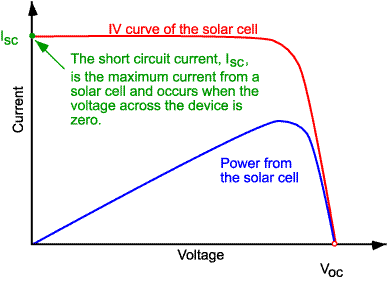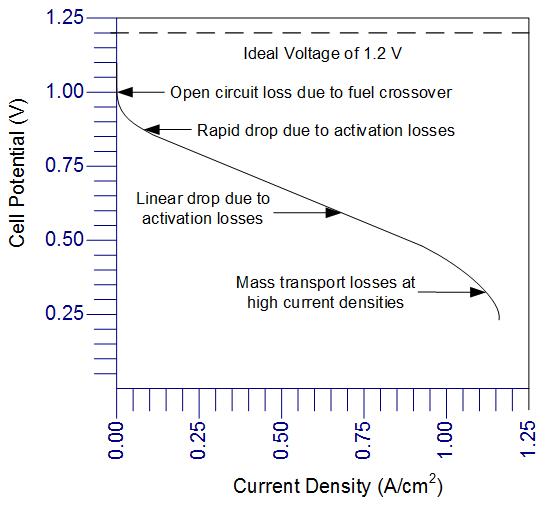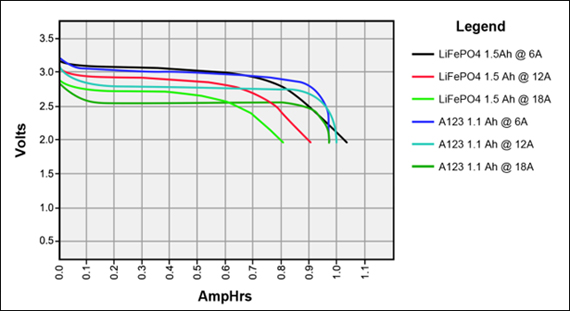Current Density Voltage Curve

The corresponding voltage sweep in the current i voltage v curve.
Current density voltage curve. The point at the boundary of regions r 2 and r 3 is known as maximum power density point or knee optimum point. Current is the effect voltage being the cause. A current voltage characteristic or i v curve current voltage curve is a relationship typically represented as a chart or graph between the electric current through a circuit device or material and the corresponding voltage or potential difference across it. Iv curve of a solar cell showing the short circuit current.
The polarization curve displays the voltage output of the fuel cell for a given current density loading. Polarisation curve for single cell. Current density voltage jv curves of a cdte photovoltaic module measured during 2 5 years of outdoor operation are analyzed using a phenomenological four parameter equation this approach is shown to be more accurate than fitting the same data set to the conventional five parameter diode equation. The short circuit current is the current through the solar cell when the voltage across the solar cell is zero i e when the solar cell is short circuited.
It also allows an easy comparison to other published polarization curves. As shown fuel cell i v characteristic curve is divided into three regions. Table s1 summarizes the short circuit current density j sc v oc fill factor ff and pce values extracted from fig. By using amperage control anodizing by current density the amperage is fixed for the entire anodizing cycle thus providing a constant current density for the entire length of the cycle.
Figure 1 a shows the j v characteristics of pscs measured three times subsequently with a voltage bias range from 1 2 to 0 1 v under the am 1 5 g 1 sun condition. The present report contains the test module tm sofc m01 testing the voltage and power as function of current density. The scope of the module is the characterization of the performance of sofc in terms of voltage and power as a function of current density polarisation curves under. Voltage is the cause and current is its effect.
A linear sweep of voltage v with respect to time t. The polarization curve does not have a lot of specificity. Current cannot flow without voltage. R 1 r 2 and r 3.
So if the current is constant the cycle time required to achieve the desired coating thickness can be calculated. V or volts or voltage. Voltage can exist without current. As can be seen the actual voltage decreases as a function of the current drawn from the fuel cell.
However it is one of the most common methods of testing a fuel cell. 1 ampere 1 coulomb second.


















